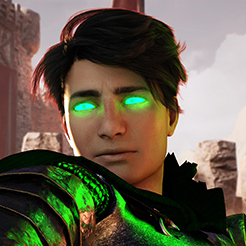 The recent stunning report that Cheval Blanc and Ausone will no longer bother with the Saint-Emilion classification system is good news.
The recent stunning report that Cheval Blanc and Ausone will no longer bother with the Saint-Emilion classification system is good news.
As Don Kavanagh exclaims in Wine Searcher:
Are cracks appearing in wine's great monolith?
Could there be a rumble in the distance that heralds the arrival of that least likely of Bordeaux wine's attributes – change?
We can only hope.
I am no expert on 1st Growth Bordeaux wines because I can't afford them. So my reasoning is apriori. (Latin for prior to experience).
But I find in manifestly implausible that the Left Bank classification of 1855 (which has been substantially modified only once to admit Chateau Mouton Rothchild in 1973) accurately captures qualitative distinctions today.
Since 1855 there have been massive improvements in winemaking technology and know how as well as significant developments in our understanding of viticulture. Furthermore, all of the 1st Growth chateaux have expanded production and have bought, sold, and traded parcels that may or may not share the features of the original holdings.
Is it really plausible to think that all of this change has been managed in a way that reflects no qualitative changes in the original classification?
In fact, consumers don't think so. Chateau Pontet Canet, a fifth growth, and Chateau Palmer, a 3rd growth, are priced higher than most 2nd growths, and an informal category of "Super Seconds," which include luminaries such as Chateau Cos d'Estournel and Chateau Leoville Las Cases, fetch prices close to some of the first growth wines.
I can understand why members of the original 1855 classification don't want to reclassify. The attempt to revise the St. Emilion classification has been a nightmare of accusations of fraud and bias.
But these classifications are an anachronism that do nothing for consumers and arguably inflate the prices of some wines that don't deserve their quality ranking. They should just toss the system and allow consumers and critics to develop quality rankings.

No comments:
Post a Comment